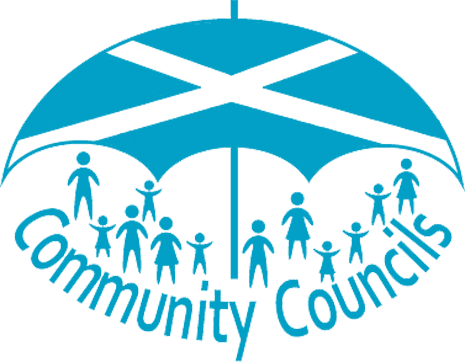The Scottish Empty Homes Partnership team write about their work to bring empty homes back into use across the country and the Neighbour Toolkit they have developed to support communities affected by empty homes in their area.
There are over 47,000 empty homes in Scotland, and over 28,000 of these have been empty for more than 12 months. With huge pressure on housing throughout the country, these empty homes are a resource we can’t afford to waste. What’s more, empty homes can be a big stress and financial drain on owners who might feel stuck on how to make the property a home again, and having an empty home next door or down the street can cause many issues for communities. Living near an empty home can cause problems when it comes to shared responsibility for repairs, issues with damp, overgrown gardens and vermin. Empty homes can also attract anti-social behaviour, leading to further stress and a reduction in property values in the area.
The Scottish Empty Homes Partnership was created to support work to bring these empty homes back into use. It was founded in 2010 and is funded by the Scottish Government and hosted by Shelter Scotland. Since the partnership began, over 9000 empty homes have been brought back into use by partners across Scotland.
One of the key functions of the Scottish Empty Homes Partnership is to run the Empty Homes Advice Service. The advice service consists of Matt, our Senior Empty Homes Adviser and Erin, our Empty Homes Adviser. They provide both telephone and email advice to anyone who is connected to an empty home; from owners who are looking for advice on what to do with their property, to neighbours who are concerned about an empty home in their community, and people who are looking to invest in empty homes.
For owners, there is lots of support available and schemes and incentives to facilitate bringing an empty property back into use, such as VAT discounts on work, discounts with specific merchants, and discretionary council tax reductions. Some local authorities even have grant programmes which can be given to owners to conduct renovation work.
The advice service also gets many enquiries from neighbours who don’t know what steps to take to deal with an empty home near them. Dealing with these issues as a neighbour can be stressful and, ultimately, the onus is on the owner to act. Often there are complex circumstances surrounding empty homes including missing or unknown owners, and resolutions take time, so the advice service is there to guide and support neighbours as they explore their options. We often work collaboratively on neighbour issues with Empty Homes Officers at local authorities, who have additional tools and powers to be able to identify and contact owners and encourage them to take action.
We received a call recently from someone who needed advice on what to do about a burst pipe causing a slow leak in his neighbour’s property. He hadn’t seen, nor was he able to get in contact with, the neighbour for six months and the leak had gradually spread and was now causing damp in a shared wall. We contacted the Empty Homes Officer at the local authority who was able to find the contact details of the missing owner using council tax records and inform them of the burst pipe and the damage it was causing. The owner took swift action and the water supply in the property was switched off, preventing further damage. We then provided additional advice and guidance to the neighbour on joint responsibility for repairs using our handy Neighbour Toolkit.
Our Neighbour Toolkit is availabl e on our website and is made up of five Neighbour Guides. It was developed by the team based on the most common problems faced by neighbours and each guide focuses on a specific issue, including disrepair, anti-social behaviour and issues concerning environmental health. The guides outline the actions that neighbours can take, the powers that councils have and the law surrounding nuisance caused by empty homes. The final guide advises on the steps that can be taken to escalate if the issue with an empty home gets worse and hasn’t been resolved by following the steps in our other guides, including writing influential letters and meeting with politicians.
We’ll be running a webinar for community councillors on Wednesday 20th March where we will talk more about the work we do with neighbours, how we can help to support the people in your community and a discussion about the Neighbour Toolkit. Please come along if you would like to hear more about the work we do with empty homes or if you have any questions about how we can help your community. In the meantime, have a look at our website for more information or contact our advice service direct on 0344 515 1941 and emptyhomes@shelter.org

